SIDEKIQ™ MINI PCIE
Specifications
1Tx + 1 Rx
PPS
8 g
key features
RF Tuning Range
Integrated FPGA
Xilinx Spartan 6 LX45T FPGA with
x1 PCIe interface
RF Transceivers
Up to 2 RX (common LO)
Up to 1 Tx (separate Tx, Rx LO)
RF Bandwidth
Up to 50 MHz per channel
Form Factor
Mini PCIe card
(30 mm x 51 mm x 5 mm)
Power Consumption
2.1W (typical usage)
Benefits
DESIGNED FOR EMBEDDABLE APPLICATIONS
BROAD SOFTWARE SUPPORT
KEY SPECS
Sidekiq™ Mini PCIe specs at a glance
Tuning Range
70 MHz to 6 GHz
Bandwidth
Up to 50 MHz per channel
Power Consumption
2W (typical usage)
Integrated FPGA
Xilinx Spartan 6 LX45T FPGA with x1 PCIe interface
Form Factor
Mini PCIe card (30 mm x 51 mm x 5 mm)
I/O
PCIe Gen1.1 x1 (2.5 Gbps) + USB 2.0 + GPIO
Receivers
Up to 2
Transmitters
1
compared spec
-transformed-optimized.webp)
Sidekiq™ Mini PCIe
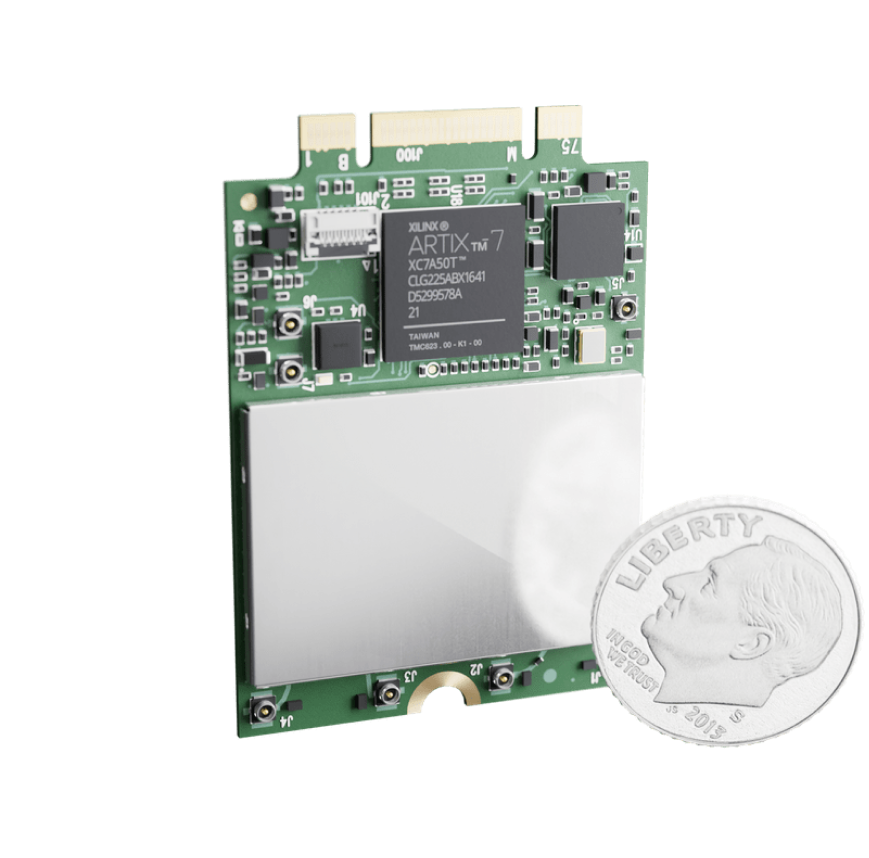
Sidekiq™ M.2
(30 mm x 51 mm x 5 mm)
(30 mm x 42 mm x 4 mm)
COMPARED SPEC
Find your Perfect Sidekiq™
-transformed-optimized.webp)
Sidekiq™ Mini PCIe
TUNING RANGE
70 MHz to 6 GHz
Bandwidth
Up to 50 MHz per channel
Power Consumption
2.1W (typical usage)
INTEGRATED FPGA
Xilinx Spartan 6 LX45T FPGA with x1 PCIe interface
FORM FACTOR
Mini PCIe card (30 mm x 51 mm x 5 mm)
I/O
PCIe Gen1.1 x1 (2.5 Gbps) + USB 2.0
RECEIVERS
Up to 2
TRANSMITTERS
1

Sidekiq™ M.2
TUNING RANGE
70 MHz to 6 GHz
BANDWIDTH
Up to 50 MHz per channel
POWER CONSUMPTION
Under 2W (typical usage)
INTEGRATED FPGA
Xilinx Artix 7 XC7A50T FPGA with x1 Gen2 PCIe interface
FORM FACTOR
M.2 card, Module Key B+M, Socket 2 (30 mm x 44 mm x 4 mm)
I/O
PCIe Gen2 x1 (5 Gbps) + USB 2.0
RECEIVERS
Up to 2
TRANSMITTERS
Up to 2
case study
Perfect for a Range
of Applications


configuration
DO MORE WITH SIDEKIQ™
Placekiq™ Mini PCIe
This integrated GPS receiver + clock/timing reference distribution solution pairs perfectly with embedded systems. Synchronize up to four external devices (such as Sidekiq™) with the common 40 MHz reference clock and PPS signal provided by Placekiq. Use a USB interface to control the card and access NMEA sentences from the GPS receiver.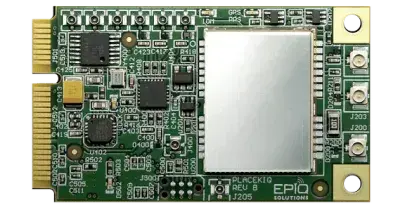
Add SDR to Your System
With Sidekiq™, you can turn millions of host devices into RF processing systems. These tiny SDRs fit into standard Mini PCIe and M.2 slots and can be configured over a PCIe interface, making Sidekiq™ an easy addition to many off-the-shelf computing systems.
related products
Looking for More?
Explore Other Small Form Factor SDRs
Dive into Epiq's array of small form factor SDR solutions, each designed to address a unique aspect of RF spectrum awareness.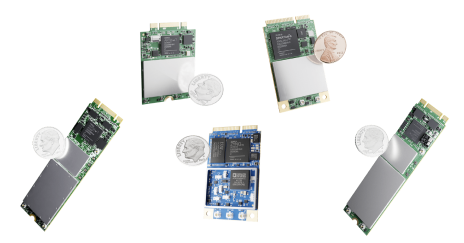
Customize Your Sidekiq™
We design every product to be flexible and adaptable. Ready to explore more of our technology?
RESOURCES
Get Started with Sidekiq™ Mini PCIe
faq
Frequently Asked Questions
SDR is a radio communication system in which components traditionally implemented in hardware are instead implemented (via custom software) on a personal device or embedded computer system. SDR systems can be adapted to integrate with various communication applications. Once integrated, SDRs can be used to scan for radio frequencies, listen to FM radio, track aircraft with ADS-B, receive GPS signals, dabble in amateur radio, decode digital voice, and even bounce signals off the moon!
Explore Related Case Studies
Building the Game-Changer in Rescue Operations
When CENTUM was in need of a compact yet powerful and reliable SDR solution for their Lifeseeker search and rescue system, we leaped into action, and in the span of just one year, our Sidekiq M.2 card became...
READ MOREEpiq's SDR solutions deliver unparalleled RF performance and flexibility in compact form factors, making them perfect for a range of applications: including mobile, portable, and space-constrained. With a wide tuning range from 70 MHz up to 6 GHz, our products can be used for things like spectrum analysis, RF recording, cellular network scanning, enforcing no-wireless policies, and more.
Explore Related Case Studies
Building the Game-Changer in Rescue Operations
When CENTUM was in need of a compact yet powerful and reliable SDR solution for their Lifeseeker search and rescue system, we leaped into action, and in the span of just one year, our Sidekiq M.2 card became...
READ MOREYes, our SDRs, SDR platforms, and turnkey solutions are designed to be flexible and easily integrated. That means you can customize any of our products to fit your specific needs.
To get started, request one of our dev kits. We have two options: Evaluation (EVK) and Platform Development (PDK). You can request a dev kit by filling out the form below. Once you do, we'll get back to you with details and next steps.
If you need assistance, Epiq’s team is always here to offer comprehensive support: including detailed product documentation and an active community for peer discussions.
Explore Related Case Studies
Building the Game-Changer in Rescue Operations
When CENTUM was in need of a compact yet powerful and reliable SDR solution for their Lifeseeker search and rescue system, we leaped into action, and in the span of just one year, our Sidekiq M.2 card became...
READ MOREOur SDRs support various data transfer interfaces, including USB 2.0, USB 3.0, and PCI Express (PCIe), depending on the product.
Explore Related Case Studies
Building the Game-Changer in Rescue Operations
When CENTUM was in need of a compact yet powerful and reliable SDR solution for their Lifeseeker search and rescue system, we leaped into action, and in the span of just one year, our Sidekiq M.2 card became...
READ MOREOur SDRs support popular frameworks such as GNU Radio, and others. For programming, we support languages such as C, C++, and Python.
Explore Related Case Studies
Building the Game-Changer in Rescue Operations
When CENTUM was in need of a compact yet powerful and reliable SDR solution for their Lifeseeker search and rescue system, we leaped into action, and in the span of just one year, our Sidekiq M.2 card became...
READ MOREYes, our SDR products, such as the Sidekiq™ X4, support multi-channel phase-coherent MIMO operations, making them suitable for a variety of applications.
Explore Related Case Studies
Building the Game-Changer in Rescue Operations
When CENTUM was in need of a compact yet powerful and reliable SDR solution for their Lifeseeker search and rescue system, we leaped into action, and in the span of just one year, our Sidekiq M.2 card became...
READ MOREMany of our SDRs can operate both standalone and as part of a host device, giving you the flexibility to use them as needed.
Still have questions? Reach out and we’ll do our best to help.
Explore Related Case Studies
Building the Game-Changer in Rescue Operations
When CENTUM was in need of a compact yet powerful and reliable SDR solution for their Lifeseeker search and rescue system, we leaped into action, and in the span of just one year, our Sidekiq M.2 card became...
READ MORE


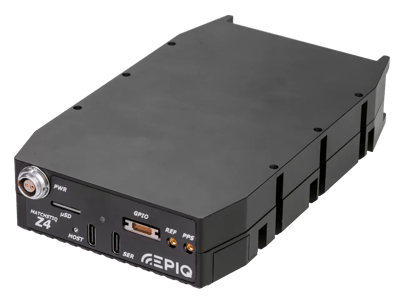



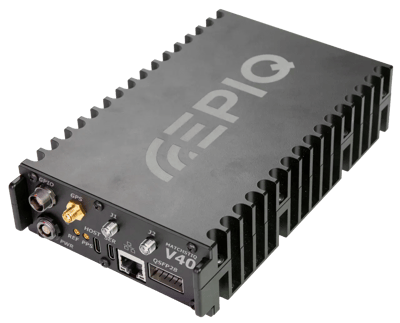




.webp?length=400&name=Cyber-Radio-NDR585%20(3).webp)











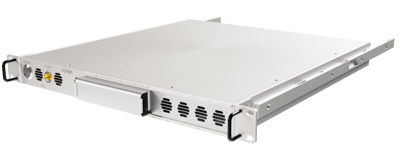



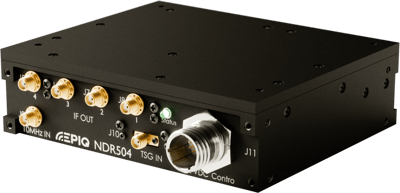


.webp?width=70&height=70&name=Vector%20(1).webp)













.png)
